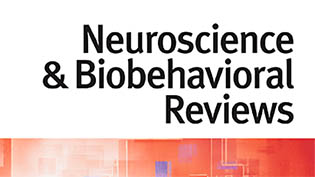Using normative modelling to detect disease progression in mild cognitive impairment and Alzheimer’s disease in a cross-sectional multi-cohort study
Authors: Walter HL Pinaya, Cristina Scarpazza, Rafael Garcia-Dias, Sandra Vieira, Lea Baecker, Pedro F da Costa, Alberto Redolfi, Giovanni B. Frisoni, Michela Pievani, Vince D. Calhoun, João R. Sato & Andrea Mechelli
Journal: Scientific Reports - Nature
DOI: 10.1038/s41598-021-95098-0
Abstract:
Normative modelling is an emerging method for quantifying how individuals deviate from the healthy populational pattern. Several machine learning models have been implemented to develop normative models to investigate brain disorders, including regression, support vector machines and Gaussian process models. With the advance of deep learning technology, the use of deep neural networks has also been proposed. In this study, we assessed normative models based on deep autoencoders using structural neuroimaging data from patients with Alzheimer’s disease (n = 206) and mild cognitive impairment (n = 354). We first trained the autoencoder on an independent dataset (UK Biobank dataset) with 11,034 healthy controls. Then, we estimated how each patient deviated from this norm and established which brain regions were associated to this deviation. Finally, we compared the performance of our normative model against traditional classifiers. As expected, we found that patients exhibited deviations according to the severity of their clinical condition. The model identified medial temporal regions, including the hippocampus, and the ventricular system as critical regions for the calculation of the deviation score. Overall, the normative model had comparable cross-cohort generalizability to traditional classifiers. To promote open science, we are making all scripts and the trained models available to the wider research community.
